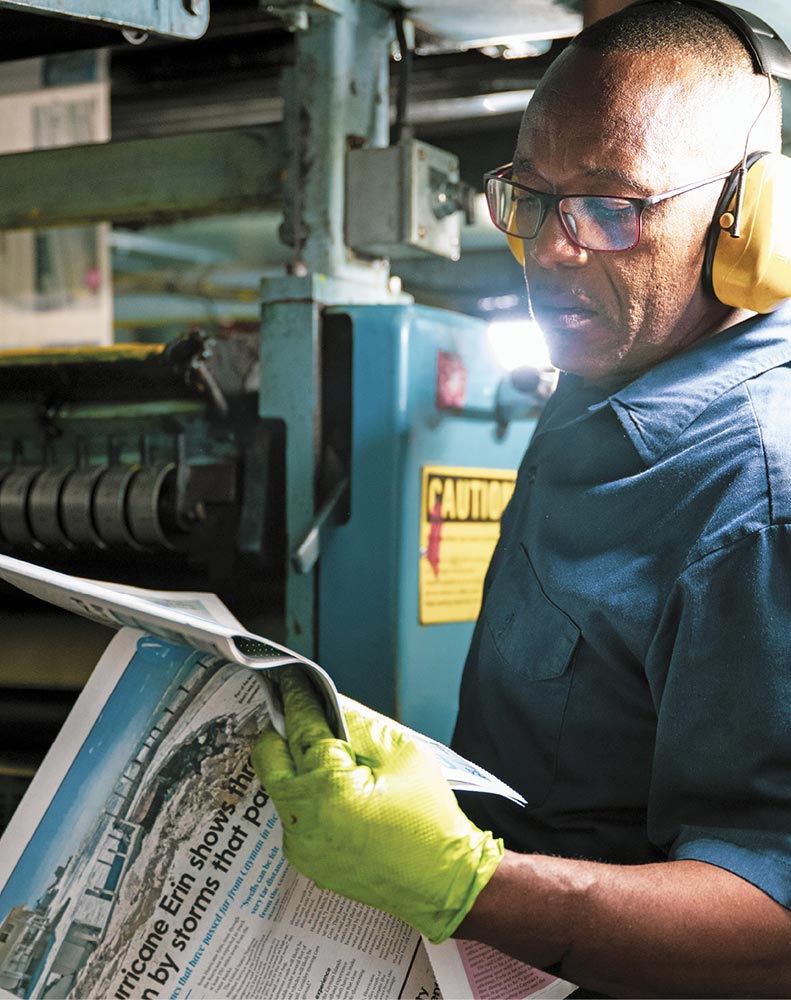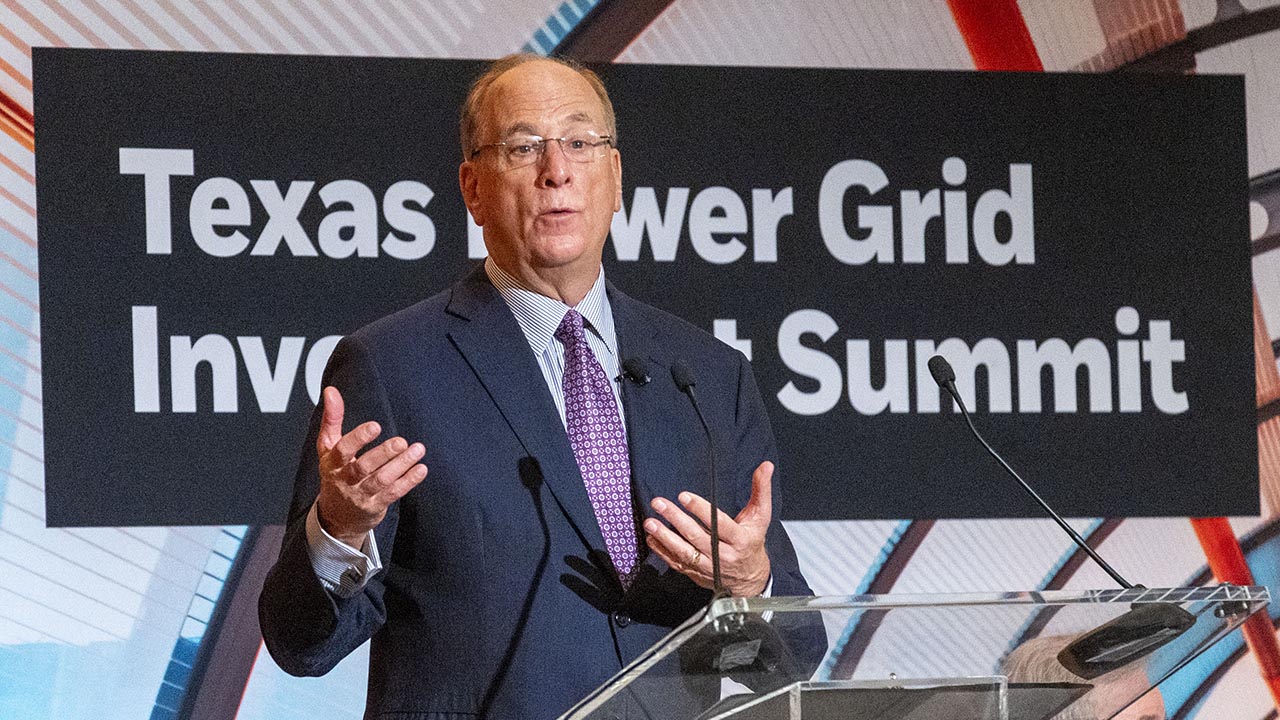Copyright Fast Company

During an annual condominium meeting, at the end, the leader asked if anyone had any suggestions or questions. I spoke up: “How about we convert a portion of our common storage into a small gym?” My idea was met with uncomfortable silence, and eventually the leader responded hesitantly: “I honestly don’t know how to address that,” before promptly closing the meeting. In that moment, I began doubting myself, wondering, Was my idea really that bad? Was it stupid? Years later, small gyms in condominiums became a popular trend, adding real value to properties. My idea wasn’t rejected because it lacked merit. It was dismissed because the environment wasn’t open to new suggestions. The silence in that room wasn’t personal. It was systemic. And that same silence echoes through boardrooms, project teams, and innovation labs worldwide. Subscribe to the Daily newsletter.Fast Company's trending stories delivered to you every day Privacy Policy | Fast Company Newsletters History is filled with organizations that silenced ideas before the market did: Kodak dismissing digital photography, Nokia resisting smartphones, Volkswagen’s culture muting concerns about CO₂ emissions. Their failure wasn’t a lack of intelligence or resources; it was a lack of psychological safety. Every innovation process, from idea generation to prototyping and implementation, depends on people talking to each other, challenging assumptions, and learning together. When psychological safety is low, people hold back, stay silent, or play it safe. When it’s high, they question, debate, and experiment. That’s why psychological safety is the oxygen of innovation. Innovation’s invisible condition In innovation, fear works like carbon monoxide—odorless, invisible, but deadly. It seeps into meetings, decisions, and projects, making people stop breathing out ideas. Let’s look at high-risk industries or R&D projects. They are filled with uncertainty, time pressure, and costly mistakes. In such environments, psychological safety becomes even more critical. High autonomy combined with high uncertainty often leads to psychological isolation, where people hesitate to share concerns or collaborate openly. Pressure to deliver results discourages experimentation, unclear authority structures create confusion about decision-making, and fear of criticism drives risk-averse behavior. These are all symptoms of low psychological safety and they quietly suffocate innovation. Organizations like Pixar or Toyota show that when leaders build environments where errors are seen as learning opportunities rather than liabilities, innovation flourishes even under intense pressure. It’s not about removing accountability but about balancing it with openness and trust. The leader sets the tone It’s tempting to think psychological safety is a company-wide culture that HR can build. But in reality, psychological safety is a property of a leader, not of an organization. Every team’s climate is a reflection of its leader’s behavior. People will only speak up if they believe they’ll be heard and that their voice will lead to change. If, in the past, speaking up led nowhere, silence becomes the safer option. I often remind leaders: silence is not laziness, it’s learned futility. I once ran a workshop for a company whose CEO proudly announced, “We have strong psychological safety here.” At the end, I asked a quiet participant, one of the sales directors, what he thought about the issues we had discussed. He sighed and said, “What does it matter? They never listen anyway.” That single sentence said more about the company culture than any engagement survey ever could. advertisement Building psychological safety means walking the talk. It’s not what you declare in values statements, but what you do consistently: how you listen, how you respond, how you follow through. Consistency builds trust, and trust keeps dialogue alive. Trust builds performance At Sparebanken Norge, a 200-year-old Norwegian bank, leaders decided to make psychological safety measurable. Employees were encouraged to lift each other up, even across departments, and mistakes were treated as learning opportunities. Directors were evaluated on how they spoke about peers, both publicly and privately. That shift helped the bank become one of Norway’s top performers. Their lesson: innovation isn’t about tools or technology, it’s about trust. Many companies celebrate diversity, but few realize that diversity without psychological safety leads to fragmentation. Having different perspectives in the room doesn’t help if people don’t feel safe enough to share them. Diversity brings sunlight and rain, but psychological safety is the fertile soil where ideas grow. What leaders can do To create that fertile ground, leaders must replace fear with curiosity and control with clarity. Model vulnerability. Admit when you don’t know. When leaders say “I might be wrong,” others start contributing. Encourage open dialogue. Ask for dissenting opinions. Silence in a meeting is never a sign of alignment. It’s a sign of fear. Empower and clarify. Give people autonomy but clear expectations: freedom with direction builds confidence. Celebrate learning, not perfection. Reward smart risks and small experiments, not just flawless results. Remember: psychological safety isn’t about comfort. It’s about courage. The best teams pair high trust with high accountability: they debate, disagree, and still leave meetings energized rather than exhausted. If I could go back to that condominium meeting, I’d still suggest the gym. Innovation doesn’t die from bad ideas. It dies from silence.



